Aston Township, southeastern Pennsylvania: Derek Ramsey (Ram-Man), GFDL 1.2, via Wikimedia Commons @ https://commons.wikimedia.org/wiki/File:Eastern_Tiger_Swallowtail_Papilio_glaucus_Female_2838px.jpg
Urbana, east central Illinois: Dori, CC BY-SA 3.0, via Wikimedia Commons @ https://commons.wikimedia.org/wiki/File:Urbana_Illinois_park_20070928_img_2123.jpg
Cambridge University Botanic Garden, Cambridgeshire, east England: Magnus Manske, CC BY-SA 3.0, via Wikimedia Commons @ https://commons.wikimedia.org/wiki/File:Tithonia_rotundifolia_(Compositae)_leaves.JPG
Butterfly Rainforest, Florida Museum of Natural History, Gainesville, north central Florida: Ironman11, CC BY-SA 3.0, via Wikimedia Commons @ https://de.wikipedia.org/w/index.php?title=Datei:Butterflies_UFmuseum.jpg&filetimestamp;=20070515232538
Aston Township, Delaware County, southeastern Pennsylvania: Derek Ramsey (Ram-Man), GFDL 1.2, via Wikimedia Commons @ https://commons.wikimedia.org/wiki/File:Eastern_Tiger_Swallowtail_Papilio_glaucus_Feeding_6800px.jpg
"Olive" Juniper Hairstreak (Callophrys gryneus gryneus): Megan McCarty, CC BY 3.0, via Wikimedia Commons @ https://en.wikipedia.org/wiki/File:Juniper_Hairstreak,_Megan_McCarty105.jpg
Painted Lady in August: Joaquim Alves Gaspar (alvesgaspar), CC BY-SA 4.0, via Wikimedia Commons @ https://en.wikipedia.org/wiki/File:Butterfly_August_2008-3.jpg
Long-tailed Skipper in November: John Seaborn Gray, CC BY-SA 2.0, via Flickr @ https://www.flickr.com/photos/cheops/4090910265/
*photographer changed name from John Seaborn Gray to Clotworthy Skeffington
Saddle Creek Park, Polk County, central Florida: pondhawk, CC BY 2.0, via Wikimedia Commons @ https://commons.wikimedia.org/wiki/File:Phoebis_sennae,_Cloudless_Sulphur,_Saddle_Creek_Park.jpg
Wailuku, northwestern Maui: Forest and Kim Starr, CC BY 4.0, via Starr Environmental @ http://www.starrenvironmental.com/images/image/?q=24340475934
"fiery skipper butterfly on Mexican sunflower": Dr. Thomas G. Barnes/USFWS Headquarters, CC BY 2.0, via Flickr @ https://www.flickr.com/photos/usfwshq/5746292154/
Allied Arts Guild, Bay Area, northern California: ClatieK, CC BY-ND 2.0, via Flickr @ https://www.flickr.com/photos/clatiek/2888473815/
Mexican Sunflower (Tithonia rotundifolia) 'Torch' flowering: ClatieK, CC BY-ND 2.0, via Flickr @ http://www.flickr.com/photos/clatiek/2766220211/


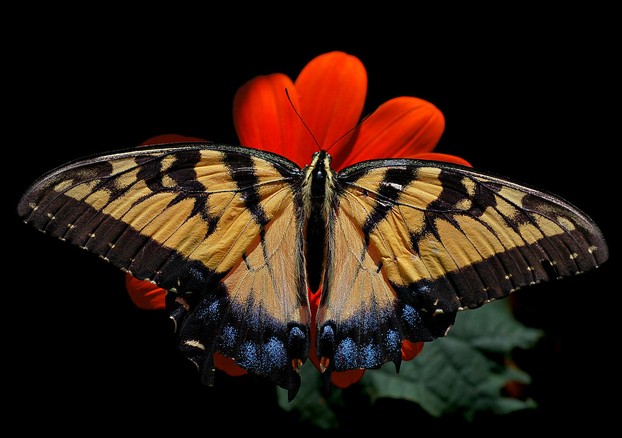
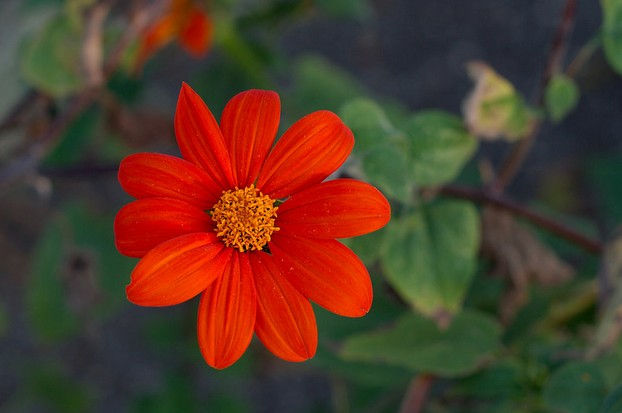

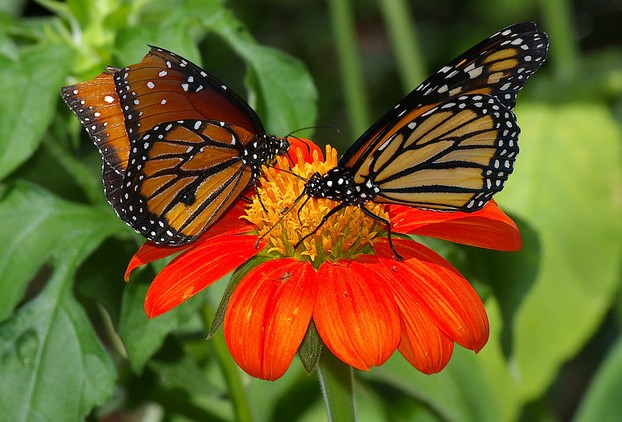

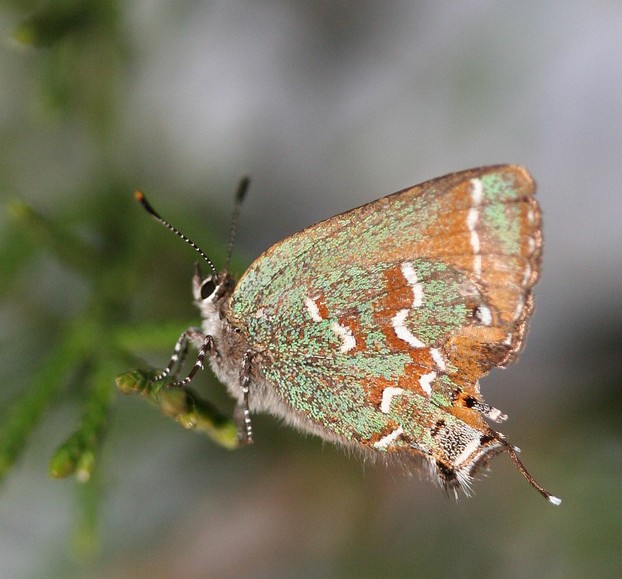
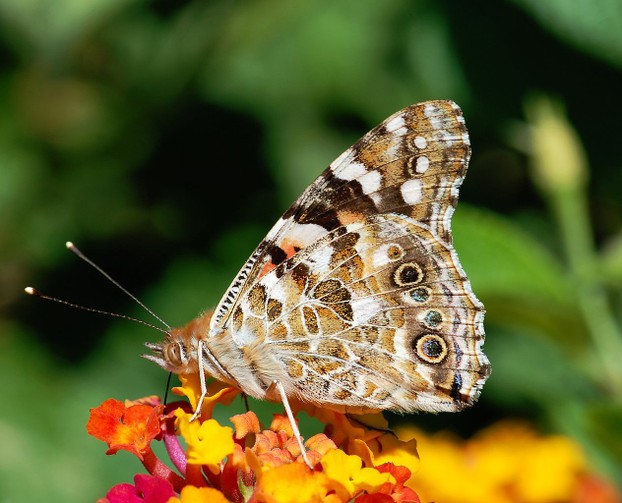
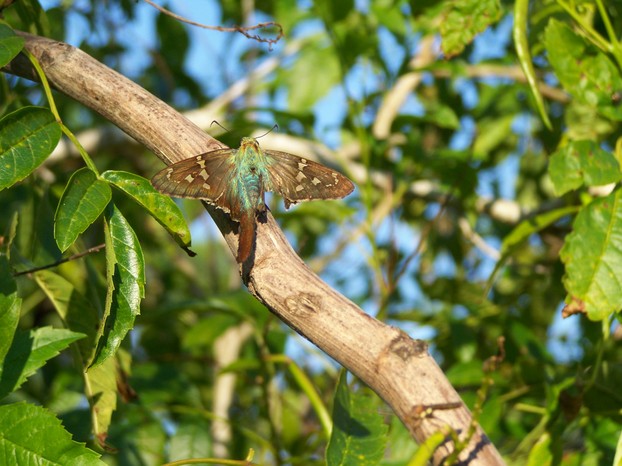
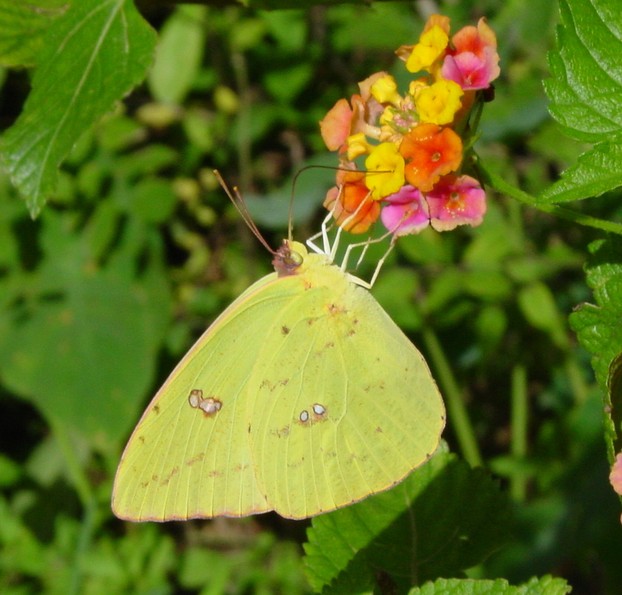
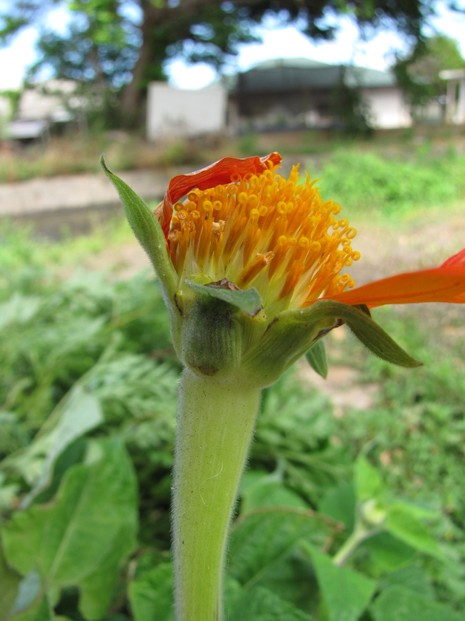
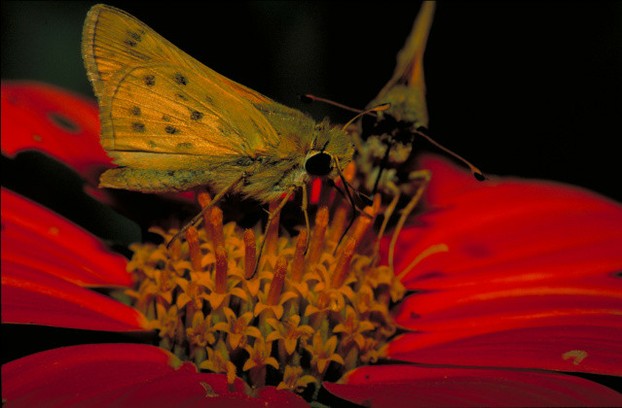
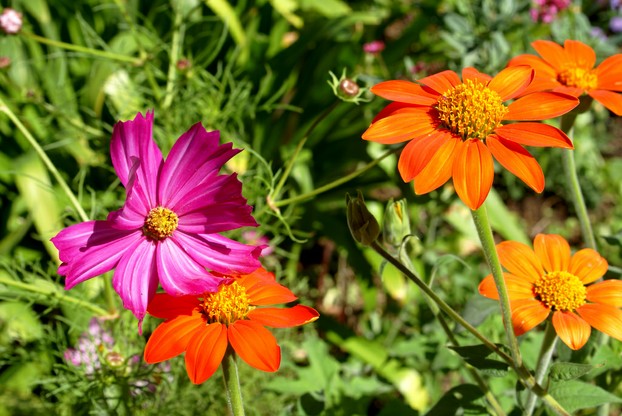
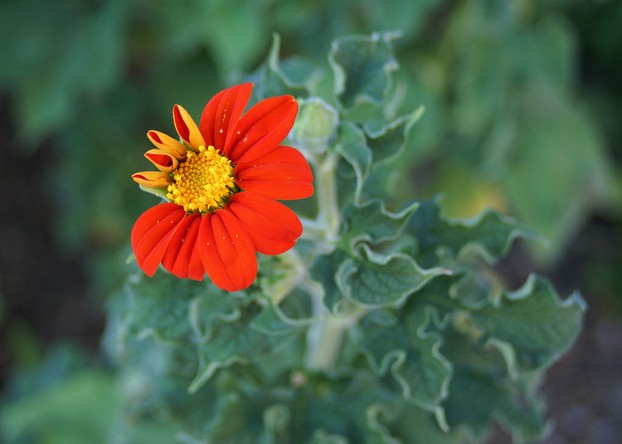






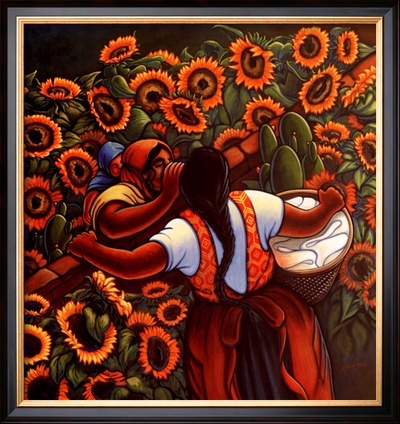

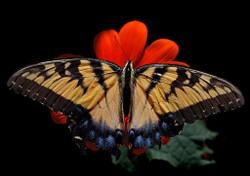

 Are Hawaiian Huakai Po Nightmarchers Avenging Halloween Thursday?on 10/02/2024
Are Hawaiian Huakai Po Nightmarchers Avenging Halloween Thursday?on 10/02/2024
 Mailing Addresses for 2023 Form 4868 Extending 1040 and 1040SR April 15, 2024, Due Dateon 04/15/2024
Mailing Addresses for 2023 Form 4868 Extending 1040 and 1040SR April 15, 2024, Due Dateon 04/15/2024
 Mailing Addresses for 2023 Forms 1040 and 1040SR Filed in 2024on 04/15/2024
Mailing Addresses for 2023 Forms 1040 and 1040SR Filed in 2024on 04/15/2024
 Mailing Addresses for 2022 Form 4868 Extending 1040 and 1040SR April 18, 2023, Due Dateon 04/13/2023
Mailing Addresses for 2022 Form 4868 Extending 1040 and 1040SR April 18, 2023, Due Dateon 04/13/2023

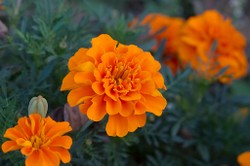
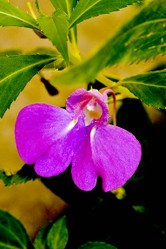
Comments
WriterArtist, Me, too, I also love the contrast on butterflies' wings. Mexican sunflowers are greatly appreciated by butterflies.
A "feast for the eyes": a great description of butterflies feasting on blooms!
Adore these beautiful butterflies feasting on the blooms. They are feast for the eyes. I love the contrast on the wings of the butterflies, nature at it's best.